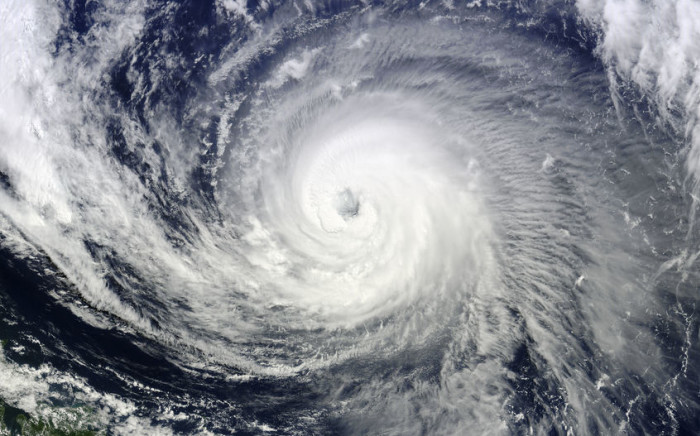


New England experiences fickle weather, including nor’easters and blizzards. Hurricanes, while rare, often weaken into tropical or extratropical storms in the region, differing from more powerful South eastern cyclones.
GEOGRAPHY MATTERS
New England, usually protected by the North Atlantic’s cold waters, expects Hurricane Lee to weaken to a tropical storm upon arrival. Despite this, the region has faced perilous storms, including the 1938 Great New England Hurricane with gusts up to 186 mph and 2011’s Hurricane Irene, downgraded but causing severe flooding in Vermont.
DOWN EAST MAINE
Hurricane Lee is an unusual threat for Down East Maine and Atlantic Canada. The last hurricane watch in Maine was for Hurricane Kyle in 2008, which weakened to a tropical storm. Hurricane Gerda in 1969 was the last hurricane to make landfall in Maine, while Hurricane Bob in 1991 weakened to a tropical storm before reaching the state. Despite cooler waters, Maine is bracing for Lee with expectations of 20-foot waves, 70 mph winds, and added rainfall in a saturated region.
SOUTHERN STORMS
The most formidable Atlantic hurricanes have historically struck the Caribbean, Mexico, and the southern United States due to warm waters intensifying them. The 1900 Galveston Hurricane was the deadliest in US history.
WARMING OCEANS
The future of cyclones in New England is uncertain but potentially concerning. The Gulf of Maine is warming rapidly, with 2022 being the second-warmest year on record. This warming trend may slow down the weakening of hurricanes approaching New England, potentially leading to more powerful storms in the region. Additionally, warmer waters to the south could fuel stronger storms. These factors suggest a need for vigilance and preparedness in the face of changing climate patterns.